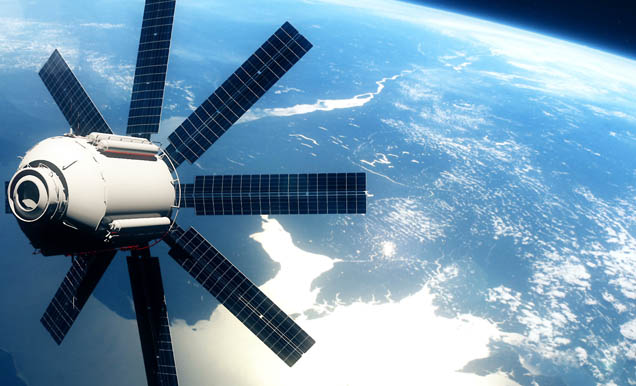6G connection at Sea via low Earth Satellites

The communications industry has taken another leap forward, breaking boundaries and pushing technology. During the recent Emergency Economic Council meeting a proposal concerning 'the strategies for satellite communication technology development' was announced by South Korea’s Ministry of Science and ICT. The plan is for the Ministry of Science and ICT to launch 14 telecom satellites by 2031 into a low Earth orbit of between 300km to 1500km. Doing so will meet the standardisation of Ground-Satellite Integrated Networks including the International Telecommunications Union (ITU) and 3GPP.
The clear advantage that satellite-based telecommunication has is the ability to provide a low-latency connection, allowing high-speed communications. Add to this, the benefits it would bring to areas where existing communications is challenging, such as mountainous or marine regions where it is difficult to build and support the infrastructure required, a satellite solutions is the logical approach to meeting growing future demands.
As part of the development and improvement in smart shipping logistics there will be a test-network where the Ministry of Oceans and Fisheries and Ministry of Science and ICT use the satellites for technologies like self-driving ship remote control systems and maritime traffic information service testing. Beyond this, the plan expands to the connection of the low Earth orbit satellites' testing-network to Urban Air Mobility (UAM) telecommunication system testing, completing the loop of connectivity via land, air and sea.
It's all part of a wider scope of integrated technologies that South Korea are very much at the forefront of developing. The continued expansion of the international satellite communication market places the Ministry of Science and ICT in a position to further its planning to develop its technological advancements and strengthen knowledge within the space industry to promote domestic satellite communications. We await more information on the date for launch of the first of these satellites and to see what ground-based cable infrastructure is needed to control and manage this exciting advancement!